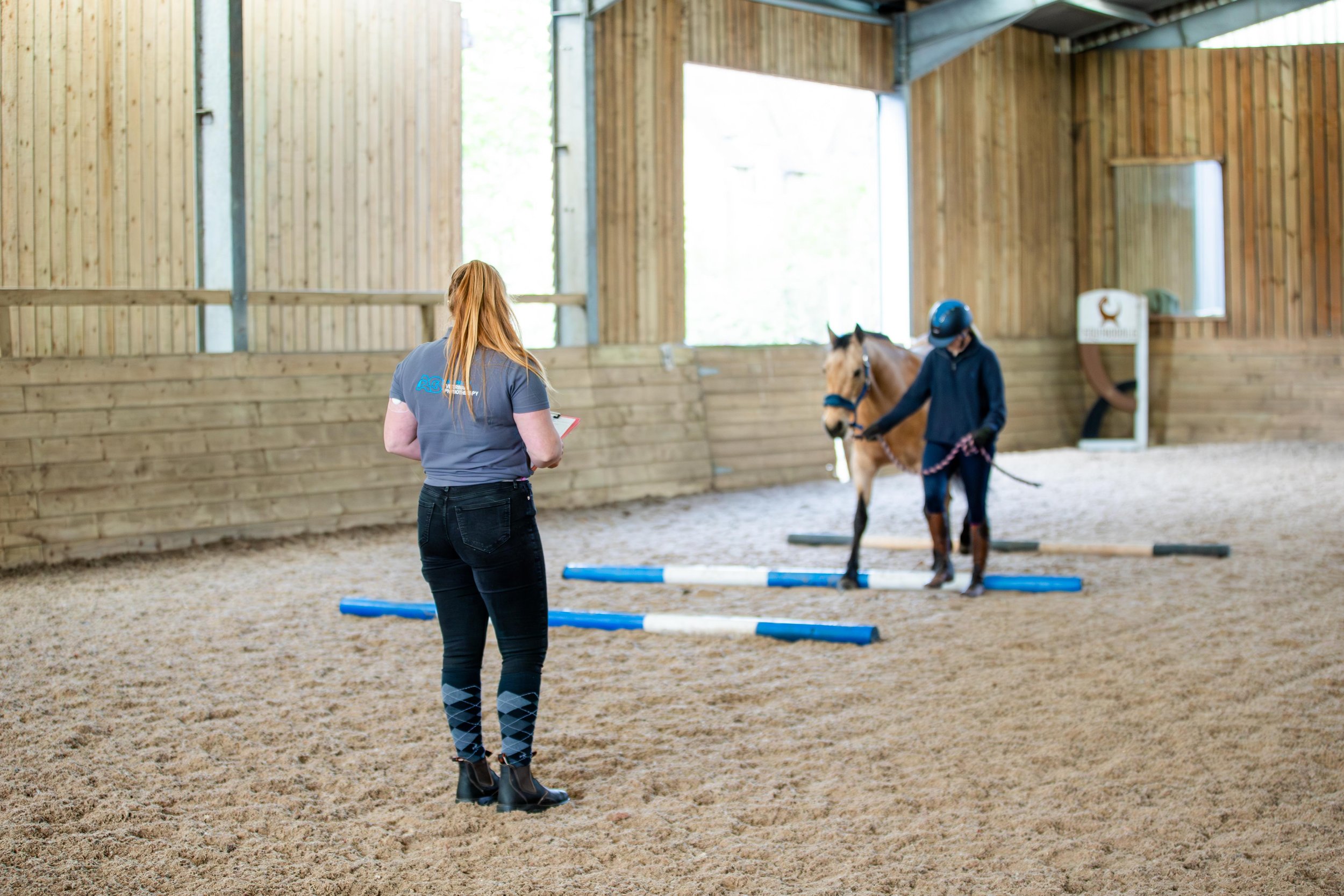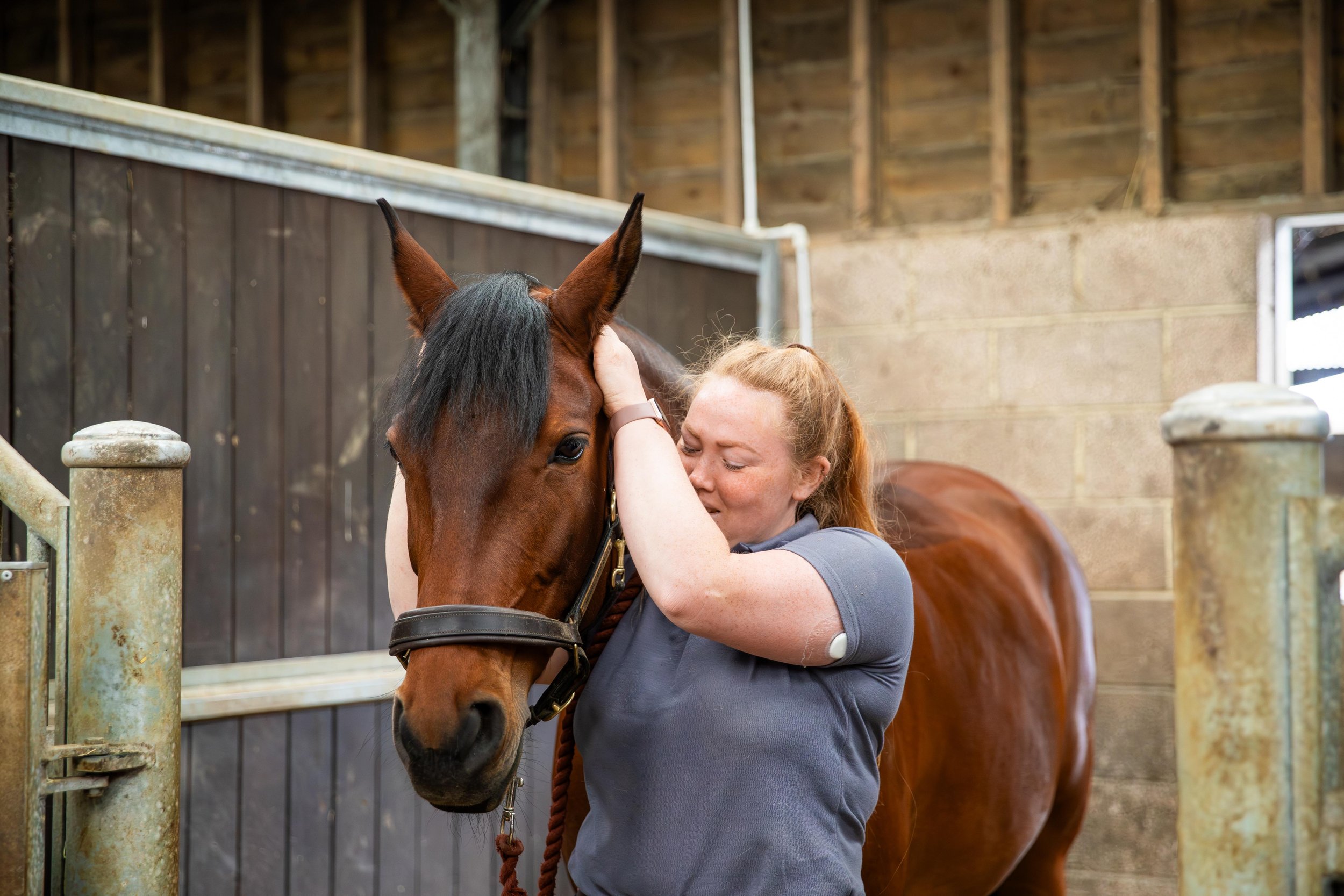
Equine physiotherapy helps to maintain and improve the performance and comfort of horses, from competition athletes to pets. Whether your horse is competing at a high level or enjoying a quieter life, physiotherapy can address injuries, improve movement, restore functionality, and enhance overall wellbeing.
Equine Physiotherapy
What To Expect
An equine physiotherapy session will take place at your yard and will include a thorough assessment, including the horse's history, as well as static and dynamic evaluations, palpation, and range of motion tests. This may involve a walk and trot up, circling, and backing up, as well as potentially observing the horse on the lunge or under saddle, depending on the situation.
Findings will be discussed with the owner prior to treatment, and the session will conclude with a detailed written report, along with a tailored program designed to benefit your horse. This program may include exercises or recommendations to improve comfort and performance.
The goal of the session is to enhance your horse’s comfort and quality of life, by reducing pain, improving mobility, and restoring optimal performance.

Common Equine Conditions Treated
Common conditions or symptoms treated include kissing spines, osteoarthritis, tendon/ligament injury, muscle injury, back pain, SI issues, neurological conditions, wound healing, post-surgery rehabilitation, performance strength and conditioning, maintenance care, stiffness on one rein/lack of bend, head shaking, cold-backed, poor performance, and behavioural changes.



